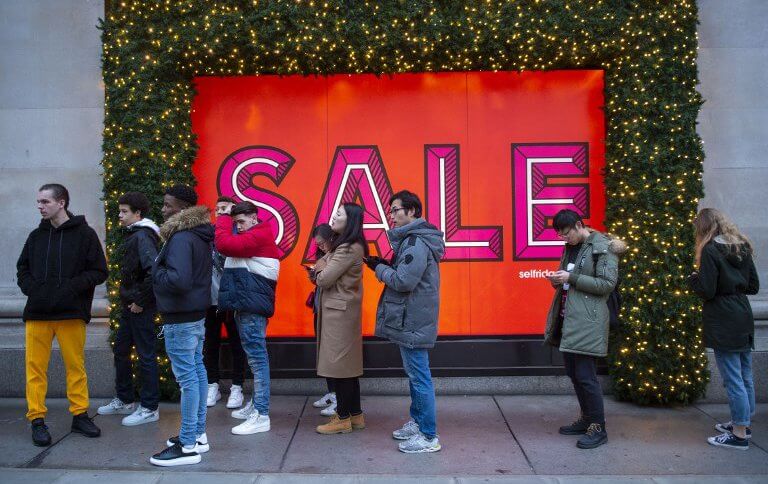Five retail lessons learned in 2018

It’s been a roller-coaster year for retail, and there were some notable highlights that covered online retailers, social media struggles, publicity stunts, cashless store trends and even a renaissance of brick and mortar activities too.
Here are five lessons retailers learned in 2018:
# 1 | Online retailers’ party tricks lose their shine
It wasn’t just bricks and mortar retailers like HMV, Mothercare, and Debenhams who faced tough times in 2018.
UK online retail sales suffered their worst November growth since 2011, coming in at just +8.1% year-on-year, as Black Friday discounting fell flat, according to the IMRG Capgemini e-Retail Sales Index.
A key issue is economic and political stability, powered by pesky Brexit, impacting shopper confidence. And the delivery side of things is also a problem.
One in four Brits who shop online around the Christmas period find that at least one of their parcels fails to turn up, according to Which? research involving 2,000 people.
And those that do get delivered are sometimes tossed over the fence, handed to a neighbor never to be seen again, put in the bin or left out in the rain.
# 2 | High St retailers get social media but it isn’t for everyone
Primark, Superdrug, and Next were among the High Street retailers winning on social media this festive period, according to Greenlight Digital. The only pure-play to make its top 10 was Missguided.
Not everyone was in a social mood, however. Earlier this year, JD Wetherspoon closed down its Twitter, Instagram, and Facebook pages, following bad publicity, including the trolling of MPs.
Founder Tim Martin admitted that the pub chain was going against conventional wisdom that these platforms are a vital component of a successful business.
But, he added, it was becoming increasingly obvious that people spend too much time on Twitter, Instagram, and Facebook, and struggle to control the compulsion.
# 3 | Tech publicity stunts as popular as ever
Worldpay tested out drone technology and contact-less doormats in an attempt to tackle parcel fraud.
Waitrose trialed a service allowing drivers to let themselves into customers’ homes while they were out and put their groceries away.
Costa Coffee launched a reusable contact-less coffee cup, powered by Barclaycard’s bPay technology.
The retail tech publicity stunts came thick and fast in 2018. And, given that this space frequently throws large amounts of cash at PR and marketing activities, expect to see more of the same in 2019.
# 4 | Cashless stores revolution gained pace
Sainsbury’s tested out a mobile shopping service at its Clapham North Station Local store in London.
And there are now nine Amazon Go stores up and running, in Chicago, San Francisco, and Seattle. Amazon is said to want to open 3,000 around the world in the next three years.
# 5 | Retail remembered its in-store roots
As TechHQ observed in December, there has been no shortage of people (usually those with skin in the e-commerce game) predicting the demise of bricks and mortar retail.
But the latest ONS retail stats paint a different picture, showing that physical stores raked in 78.5 percent of all UK retail sales during November. Whilst e-commerce grew to 21.5 percent.
Consumers will ultimately spend wherever they get the best combination of choice, convenience, price, and experience. Success lies in a convergence of the digital and physical, powering personalized and friction-free shopping journeys.
Easier said than done, of course, particularly when legacy systems and processes are involved, but there will be an increased focus on this area in 2019 as retailers boost omnichannel tech investment and retool stores.







